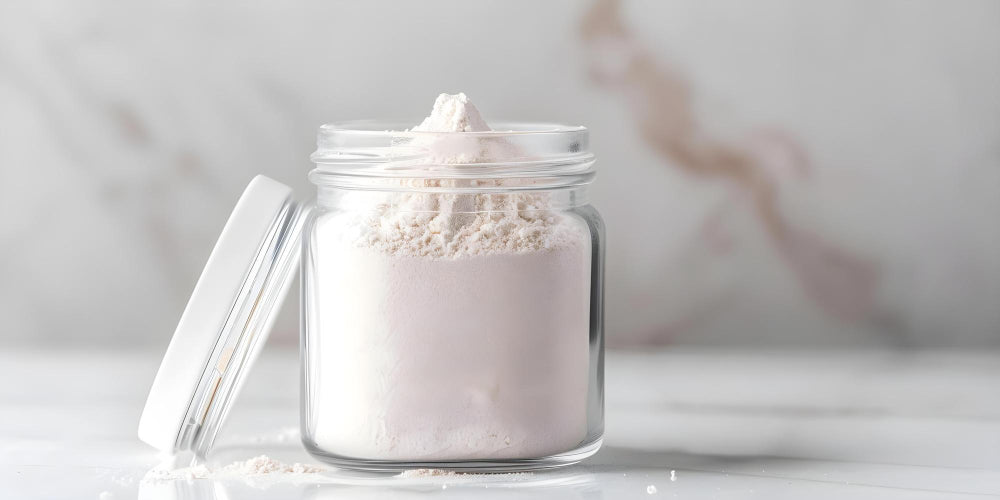Creatine Loading Phase: Benefits, Risks and How to Safely Do


The creatine loading phase refers to a strategy most athletes and bodybuilding professionals use to see a drastic rise in the levels of creatine stored in the muscles. Creatine is a naturally occurring substance inside muscle tissue; it's known for its role in the generation of adenosine triphosphate, the primary carrier of energy inside the cells. According to Dr Michael Clark, a sports medicine specialist, "The loading phase involves taking a larger dose of creatine for a short period—in general, five to seven days—to more rapidly increase muscle creatine stores than standard dosing." When going through a loading phase, one would typically take 20 grams per day in four 5-gram servings.

Buy Creatine - 16oz- Thorne Research Online
Probably the greatest benefit of the creatine loading phase is its ability to quickly raise muscle creatine. According to Dr Emma Brown, a clinical nutritionist, "This rapid saturation can enhance short-term improvements in exercise performance, such as increased strength, sprint performance, and high-intensity exercise capacity." One study published by the Journal of Strength and Conditioning Research reported that those who underwent the loading phase showed an increase in strength of 10-20% and a 5-15% improvement in sprint performance.
Moreover, creatine loading phase enables one to realize more significant gains in muscle mass over time. As creatine enables athletes to train more intensively due to the fact that it provides an immediately available store of energy, this may result in greater overall muscle hypertrophy. This effect is rather valuable for individuals involved in resistance training or working on sports requiring short bursts of energy.
While most of the gains, in general, can be achieved from the loading phase of creatine, this method is not entirely risk-free. One common side effect includes gastrointestinal distress, which may mean bloating, diarrhea, stomach cramps, etc. These symptoms are the result of the body adjusting to this sudden increase of creatine intake," according to gastroenterologist Dr Sarah Jenkins. Another theoretical concern is that of renal function, particularly in those people with pre-existing conditions of the kidney. Based on current evidence, however, if taken at recommended dosages, it would appear that creatine supplementation is relatively safe for healthy individuals.
Also, one should remember about the potential water retention. Creatine attracts water in the cells of the muscles and provides temporary water weight. Such effects might be unfavourable for some athletes who must fit within a particular body mass category.
To have safe implementation of the creatine loading phase, it is necessary to observe the recommended prescription and remember individual health status. People should see a health professional before starting any course of creatine to unearth any health conditions they may have," says sports physician Dr Andrew Wilson. For the loading phase, a typical recommendation is 20 grams per day of creatine monohydrate for five to seven days, divided into four 5-gram servings. This should be followed by a maintenance phase whereby the daily intake is reduced to 3-5 grams to maintain increased muscle creatine levels.
It is recommended to always remain well-hydrated during the creatine loading phase. Because creatine increases the water quantity in the muscle cells, one should ensure that they have enough fluid intake to prevent dehydration. Additionally, dividing the daily creatine dose throughout the day may contribute to lowering the common side effect of cramping in the stomach.
This means that the creatine loading phase provides a method of quickly increasing muscle creatine levels in order to gain performance and muscular growth. However, one must be very conscious of the possible risks involved and always maintain safe supplementation. Consulting one's doctor and always taking the recommended dosage can go a long way in reducing the negative impact associated with the supplement.
Since the loading phase is rather more dangerous compared to other phases, consulting with health professionals and maintaining recommended dosages should help the individual avoid potential side effects that would make him or her regret starting a creatine loading regime.
A good loading phase for creatine involves administering 20 grams of creatine monohydrate daily, in four 5-gram doses, over five to seven days. This has the effect of rapidly saturating the muscles with creatine.
The answer is no. Consuming 20 grams in one go, instead of splitting the daily amount taken into four 5-gram servings, increases the risk of stomach upset while reducing absorption.
Generally speaking, you don't need to do a loading phase so long as regular maintenance doses are kept. If one were to stop supplementing with creatine for an extended period of time (i.e. weeks), then you might want to restart the loading phase so that you can rapidly refuel your muscle creatine.
During the creatine loading phase, one needs to have enough liquids. It's advised to take at least 2-3 liters of water daily. This suggestion varies according to many aspects, such as the individual's body size, activity level, and climatic conditions. Continue to learn more about How much Water should I drink with Creatine?
One can increase muscle creatine stores quickly in the creatine loading phase and get improved performance during workouts, thus improving muscle growth. Following the recommended dosages for creatine supplementation and keeping the body well-hydrated can definitely decrease its side effects, which may include stomach cramps and diarrhea, bloating, and excess water retention. Consult a physician before taking creatine, especially if one has pre-existing medical conditions. Provided it is done safely and properly, the creatine loading phase could be one of the most effective tools to help athletes or anyone who wishes to exercise to the best of their abilities.








Plus get the inside scoop on our latest content and updates in our monthly newsletter.